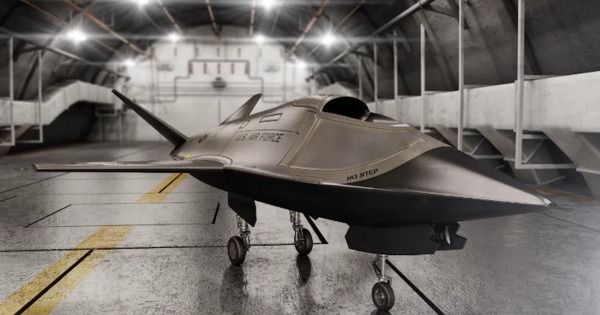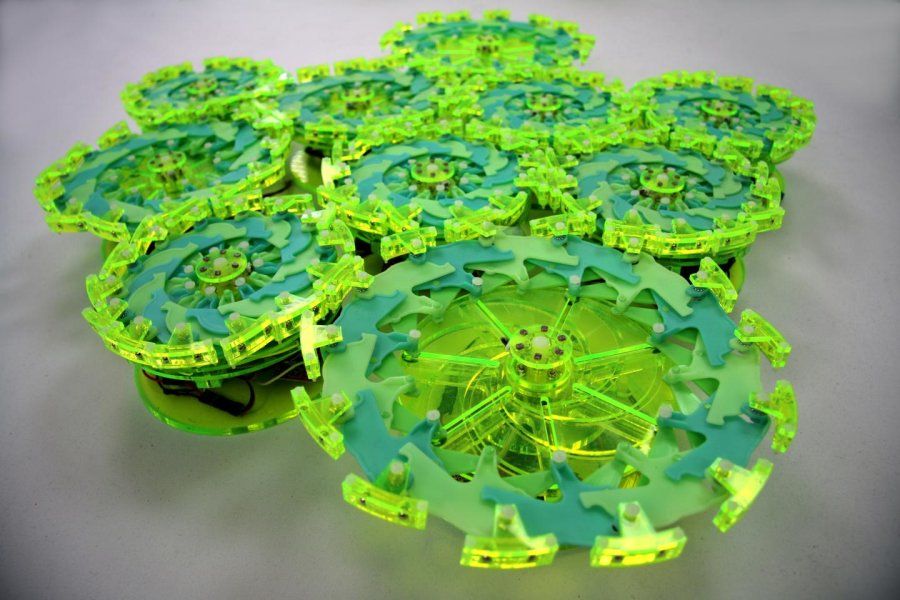Robot hands, microscopic swarms and a backflipping quadruped.
Category: robotics/AI – Page 2,322




NMN, NAD+ and the Plasma Membrane
Earlier this year, we hosted the Ending Age-Related Diseases 2018 conference at the Cooper Union, New York City. This conference was designed to bring together the best in the aging research and biotech investment worlds and saw a range of industry experts sharing their insights.
Joe Betts Lacroix of Y Combinator and Vium discusses the different ways in which entrepreneurs can focus on overcoming the diseases of aging, namely direct, indirect, and money-first approaches, and the strengths and weakness of each.
Joe was the primary technical founder of hardware/software startup OQO, which entered the Guinness Book of World Records for building the smallest fully featured PC. His experience spans from biotech research to electronics design. Very experienced in invention, prosecution and monetization of intellectual property, he has over 80 patents granted and pending in fields ranging from biophysics and safety systems to antennas, thermal systems, user interfaces, and analog electronics. He has written numerous peer-reviewed publications in fields such as biophysics, genetics, electronics, and robotics. Joe holds a Harvard A.B., an MIT S.M. and a Caltech research fellowship.


Without Humans, A.I. Can Wreak Havoc
As the World Wide Web marks its 30th birthday on Tuesday, public discourse is dominated by alarm about Big Tech, data privacy and viral disinformation. Tech executives have been called to testify before Congress, a popular campaign dissuaded Amazon from opening a second headquarters in New York and the United Kingdom is going after social media companies that it calls “digital gangsters.” Implicit in this tech-lash is nostalgia for a more innocent online era.
Let’s not let artificial intelligence put society on autopilot.

Robotic ‘gray goo’
Up until now, the ability to make gray goo has been theoretical. However, the scientists at the Columbia University School of Engineering and Applied Science have made a significant breakthrough. The individual components are computationally simple but can exhibit complex behavior.
Current robots are usually self-contained entities made of interdependent subcomponents, each with a specific function. If one part fails, the robot stops working. In robotic swarms, each robot is an independently functioning machine.
In a new study published today in Nature, researchers at Columbia Engineering and MIT Computer Science & Artificial Intelligence Lab (CSAIL), demonstrate for the first time a way to make a robot composed of many loosely coupled components, or “particles.” Unlike swarm or modular robots, each component is simple, and has no individual address or identity. In their system, which the researchers call a “particle robot,” each particle can perform only uniform volumetric oscillations (slightly expanding and contracting), but cannot move independently.
The team, led by Hod Lipson, professor of mechanical engineering at Columbia Engineering, and CSAIL Director Daniela Rus, discovered that when they grouped thousands of these particles together in a “sticky” cluster and made them oscillate in reaction to a light source, the entire particle robot slowly began to move forward, towards the light.

The implausibility of intelligence explosion
In 1965, I. J. Good described for the first time the notion of “intelligence explosion”, as it relates to artificial intelligence (AI):
Let an ultraintelligent machine be defined as a machine that can far surpass all the intellectual activities of any man however clever. Since the design of machines is one of these intellectual activities, an ultraintelligent machine could design even better machines; there would then unquestionably be an “intelligence explosion,” and the intelligence of man would be left far behind. Thus the first ultraintelligent machine is the last invention that man need ever make, provided that the machine is docile enough to tell us how to keep it under control.
Decades later, the concept of an “intelligence explosion” — leading to the sudden rise of “superintelligence” and the accidental end of the human race — has taken hold in the AI community. Famous business leaders are casting it as a major risk, greater than nuclear war or climate change. Average graduate students in machine learning are endorsing it. In a 2015 email survey targeting AI researchers, 29% of respondents answered that intelligence explosion was “likely” or “highly likely”. A further 21% considered it a serious possibility.

Online polygraph separates truth from lies using just text-based cues
Imagine a future where electronic text messaging is tracked by an intelligent algorithm that can identify truth from lies. A new study from two US researchers suggests this kind of online polygraph is entirely possible, with early experiments showing a machine learning algorithm can separate truth from lies based just on text cues over 85 percent of the time.